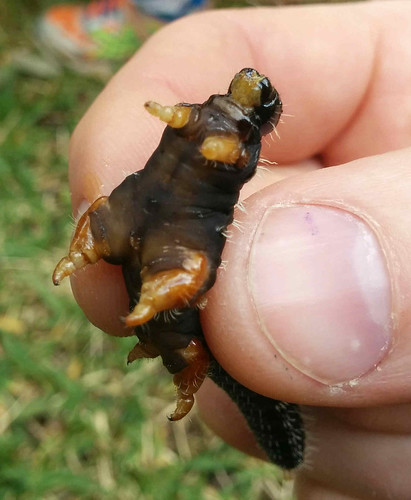Ptilonorhynchus violaceus
The family spent the long weekend at Wombeyan Caves. They are a group of a few hundred limestone caves set in the Wombeyan Karst Conservation Reserve located about 70Km west of Mittagong.
It’s a remote location, there’s a lot of wildlife in the area, we saw a few different species of kangaroo and a lot of birds.
On of them was the Satin Bowerbird. I noticed one loitering around under the camp table during the day, one of our friends we were with identified it. As usual a new one for me. The one near the table was a male, all black with a brilliant blue sheen. I’d noticed a group of dusky green birds cavorting around in the early morning, it turns out they were the females.

Satin Bower Birds are meant to live all up and down the east coast of Australia from Cooktown in northern Queensland down to near Melbourne in Victoria. I’ve not seen one before, or at least not recognized one.

As with many birds Satin Bowerbirds display strong sexual dimorphism, the males are black with a glossy blue-purple sheen. The females have a dusky olive green head and back with cream and olive green speckles on their necks and chest. Their wings and tail are brown. Both male and female satin bowerbirds have bright lilac-blue eyes.
Bowerbirds have an interesting courting ritual. The male builds a bower which consists of an avenue of sticks and twigs oriented in a north – south direction. He then decorates it charcoal and saliva, at the platforms at each end he places any blue objects that he can collect. In natural environments these can be feathers and berries, nearer to civilization bower ornaments can consist of any number of blue plastics and other man made materials.
Prospective mates are attracted by the males creations, the male will strut about his bower making hissing and chattering noises and offering up some of his blue collections. If the female is impressed enough she’ll proceed into the bower to mate, then leave to make a nest and rear her young on her own.
I used to read a book to the kids called “Bushranger Bill” I’m pretty sure Bill is a Satin Bowerbird
Resources and references




